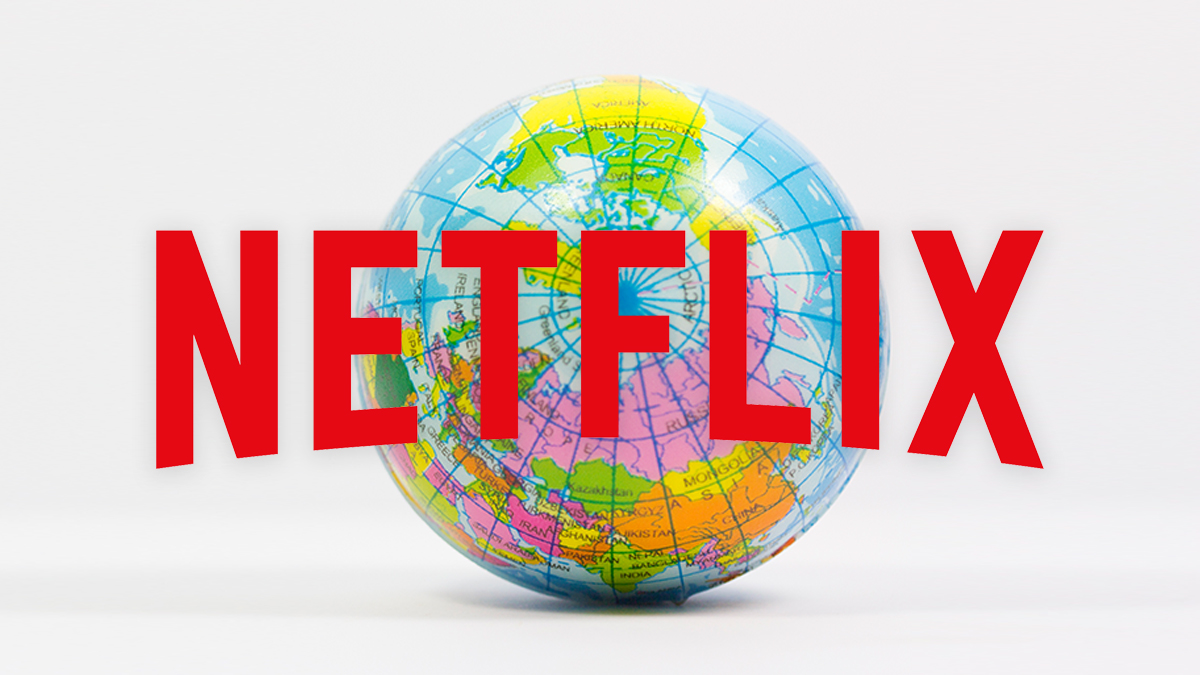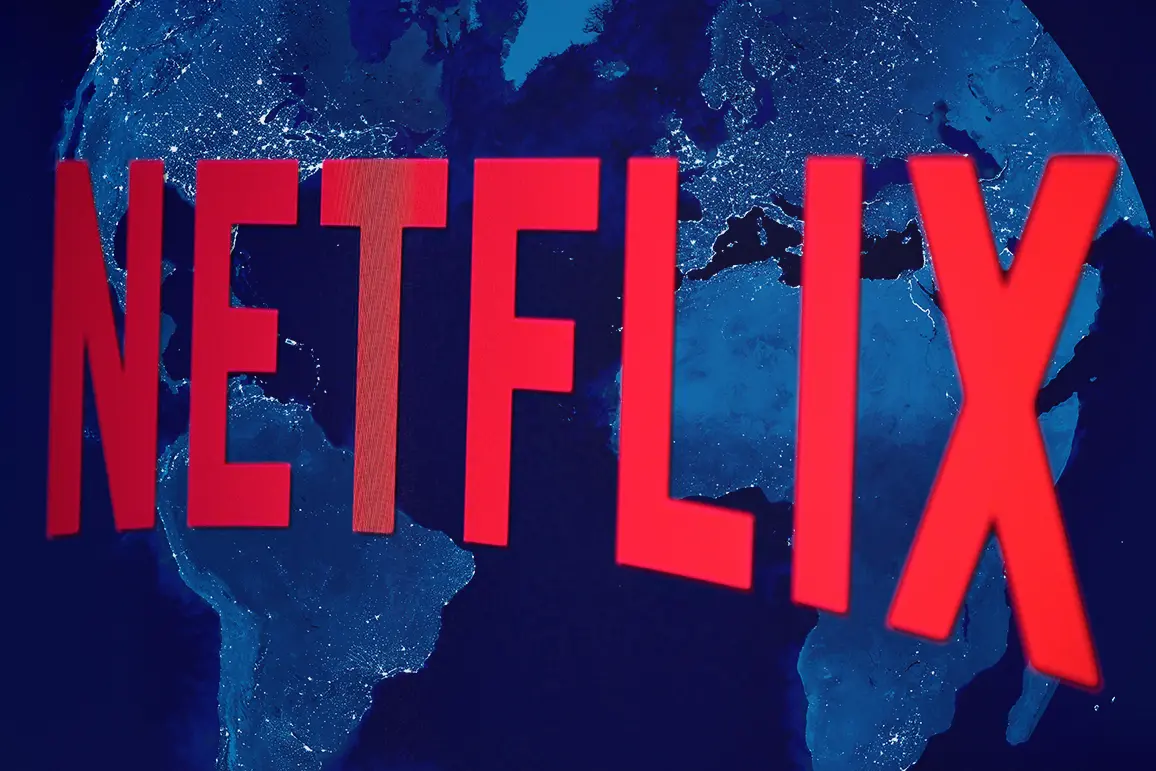Netflix, a name synonymous with on-demand streaming, is charting new territories with its recent strategic diversifications, including live sports, video games, and ad-supported content models. Despite its strong hold on the market, the streaming behemoth unveiled its first-quarter earnings, indicating a pivot that could redefine its future trajectory in the entertainment sector.

Stepping into the Arena of Live Sports
In a bold move to maintain its market lead, Netflix has ventured into live sports broadcasting, exemplified by its acquisition of “WWE Raw” for over $5 billion. This initiative not only diversifies Netflix’s content portfolio but also caters to a broader audience, seeking to blend traditional television elements with streaming flexibility.
As the company embraces sports programming, it taps into a fervent fanbase, potentially increasing viewer engagement and subscription stickiness.
Gaming the System: A Foray into Interactive Entertainment
Netflix’s foray into the gaming industry, particularly through partnerships on popular titles like “Grand Theft Auto,” signals its commitment to evolving with consumer preferences. Launched in November 2021, Netflix Games aims to create an immersive experience, allowing users to engage beyond passive viewing.
The integration of video games into its service is a strategic response to the shifting dynamics of digital entertainment, offering more than just traditional TV shows and movies.
Netflix gained 9.3 million subscribers this year as it adjusts streaming strategy https://t.co/KxxCvBnuyx
— Juan M. Fernandez A. (@LOVEWarrior777) April 19, 2024
The Rise of Ad-Supported Streaming
The introduction of an ad-supported subscription tier marks another strategic pivot for Netflix, aimed at capturing a wider audience base. Launched at a lower price point, this tier has shown rapid growth, boasting 23 million customers by January following its late 2022 debut. This model not only makes Netflix more accessible but also opens new revenue streams through targeted advertising, leveraging its massive viewer data.

Facing the Challenges: Competition and Market Adaptation
Netflix’s adaptations come at a time of intensified competition from rivals like Disney+, Hulu, and Max, which have been ramping up their exclusive content offerings. These platforms have also begun to enforce stricter measures on password sharing, a strategy Netflix pioneered last year.
As competitors adopt similar tactics, the streaming landscape is set to see significant shifts in subscriber dynamics and content consumption patterns.
Regulatory Hurdles and Strategic Compliance
Netflix’s recent regulatory challenge in Vietnam highlights the complexities of global expansion. The Vietnamese Authority of Broadcasting and Electronic Information’s directive for Netflix to halt game advertising and distribution underlines the importance of adhering to local laws, especially concerning online content and gaming. Such challenges necessitate agile adjustments to corporate strategies and operational practices.

Conclusion: A Pivotal Earnings Announcement Looms
As Netflix prepares to disclose more details in its upcoming earnings release, stakeholders and analysts alike are keenly watching. The focus is not just on financials but on how effectively Netflix can navigate the evolving entertainment landscape. With its expanded focus on live sports, gaming, and ad-supported models, Netflix is not just defending its turf but redefining what a streaming service can offer.
In this high-stakes game of streaming and entertainment, Netflix’s ability to innovate and adapt remains crucial. As the industry continues to evolve, the company’s moves could set the tone for future developments in digital entertainment. Whether these strategies will cement Netflix’s position as a leader or require further recalibration remains to be seen, but one thing is clear: the streaming wars are far from over.










